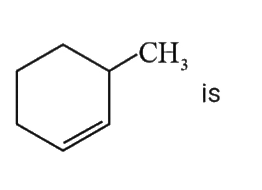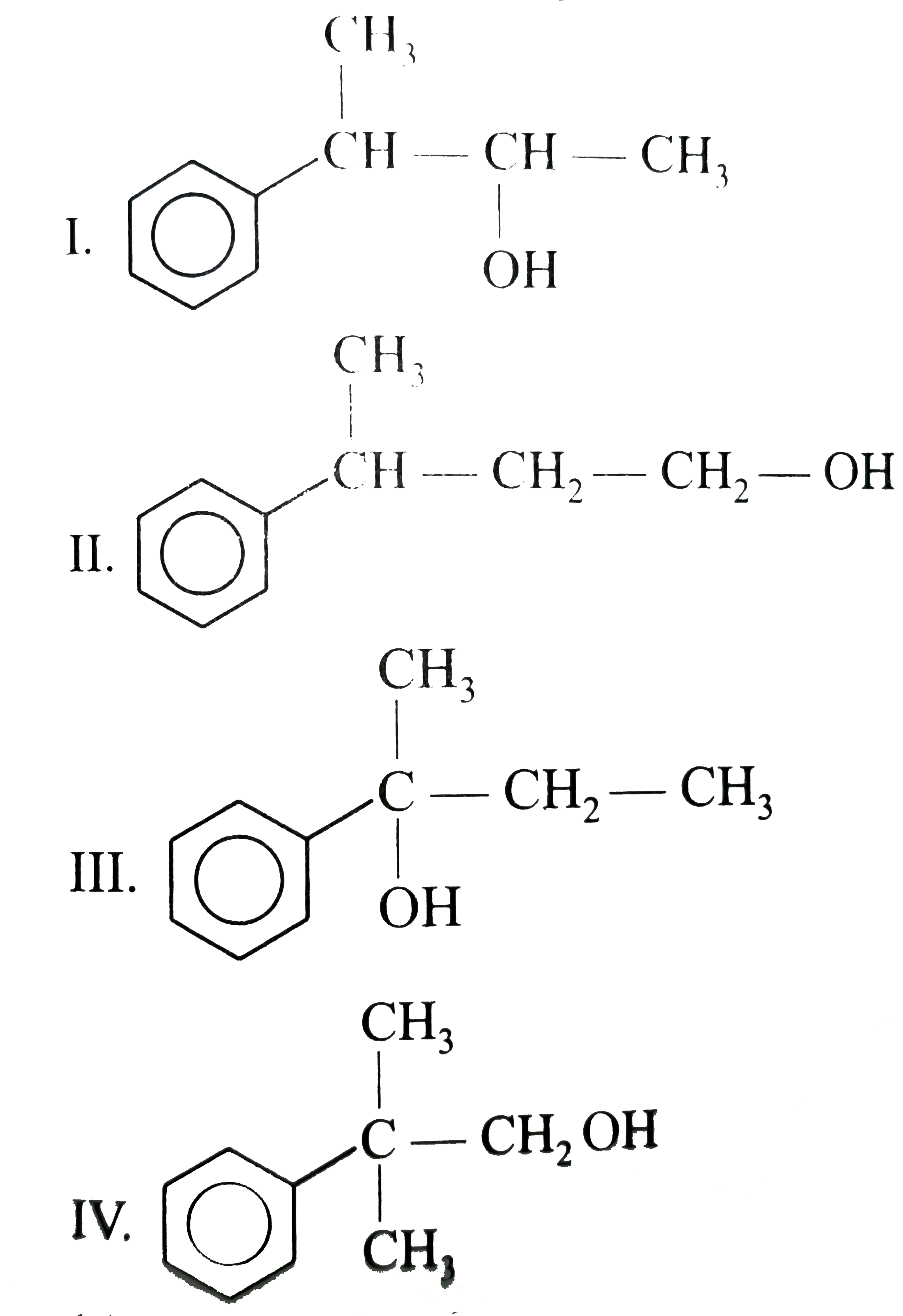DDT is manufactured by acid catalysed condensation of :
Chloroform and acetone
Chloroform and nitric acid
Chlorobenzene and chloral
Chlorobenzene and chloroform
The correct Answer is:C
To solve the question regarding the manufacturing of DDT (Dichlorodiphenyltrichloroethane) through acid-catalyzed condensation, we can break down the process step by step.
1. Understanding DDT:
- DDT stands for Dichlorodiphenyltrichloroethane. It is an insecticide that was widely used in agriculture.
2. Identifying the Reactants:
- DDT is synthesized from two main reactants: chlorobenzene and chloral.
- Chlorobenzene (C6H5Cl) is a derivative of benzene where one hydrogen atom is replaced by a chlorine atom.
- Chloral (CCl3CHO) is an organic compound that contains a carbonyl group (C=O) and three chlorine atoms attached to the same carbon.
3. Acid-Catalyzed Condensation:
- The process involves the use of an acid catalyst (commonly concentrated sulfuric acid, H2SO4) to facilitate the reaction.
- During the reaction, a water molecule is eliminated, which is characteristic of condensation reactions.
4. Reaction Mechanism:
- Two molecules of chlorobenzene react with one molecule of chloral in the presence of the acid catalyst.
- The reaction proceeds through the formation of an intermediate, followed by the elimination of water to form DDT.
5. Formation of DDT:
- The structure of DDT can be visualized as two chlorobenzene rings connected to a trichloroethane group.
- The final structure of DDT is represented as:
C6H4Cl−C(CCl3)−C6H4Cl
- This structure shows that DDT consists of two chlorobenzene rings linked to a carbon atom that is also bonded to three chlorine atoms.
6. Conclusion:
- Therefore, the acid-catalyzed condensation of chlorobenzene and chloral leads to the formation of DDT.
Final Answer:
DDT is manufactured by the acid-catalyzed condensation of chlorobenzene and chloral.
---
- DDT stands for Dichlorodiphenyltrichloroethane. It is an insecticide that was widely used in agriculture.
- DDT is synthesized from two main reactants: chlorobenzene and chloral.
- Chlorobenzene (C6H5Cl) is a derivative of benzene where one hydrogen atom is replaced by a chlorine atom.
- Chloral (CCl3CHO) is an organic compound that contains a carbonyl group (C=O) and three chlorine atoms attached to the same carbon.
- The process involves the use of an acid catalyst (commonly concentrated sulfuric acid, H2SO4) to facilitate the reaction.
- During the reaction, a water molecule is eliminated, which is characteristic of condensation reactions.
- Two molecules of chlorobenzene react with one molecule of chloral in the presence of the acid catalyst.
- The reaction proceeds through the formation of an intermediate, followed by the elimination of water to form DDT.
- The structure of DDT can be visualized as two chlorobenzene rings connected to a trichloroethane group.
- The final structure of DDT is represented as:
C6H4Cl−C(CCl3)−C6H4Cl
- This structure shows that DDT consists of two chlorobenzene rings linked to a carbon atom that is also bonded to three chlorine atoms.
- Therefore, the acid-catalyzed condensation of chlorobenzene and chloral leads to the formation of DDT.
DDT is manufactured by the acid-catalyzed condensation of chlorobenzene and chloral.
Topper's Solved these Questions
Similar Questions
Knowledge Check
The major product of acid catalysed dehydration of 2-methylcyclohexanol and butan-1-ol are respectively
A1-methylcyclohexene and but-1-eneB2-methylcyclohexene and but-2-eneC2-methylcyclohexene and butaneD1-methylcyclohexene and but-2-ene.Nitric acid is manufactured by
ACatalytic oxidation of ammoniaBNitration of hydrogen and oxygenCContact processDHaber process
The major product formed by the acid catalysed hydration of

View SolutionAcetic acid is manufactured by the fermentation of :
View SolutionD.D.T. is
View SolutionWhich is maximum reactive towords acid catalysed dehydration :
View SolutionThe relative rate of acid catalysed dehydration of following alcohols would be
I.
View SolutionPredict the major product of acid catalysed dehydration of
(i) 1-methylcyclohexanol and (ii) butan-1-ol
View Solution
